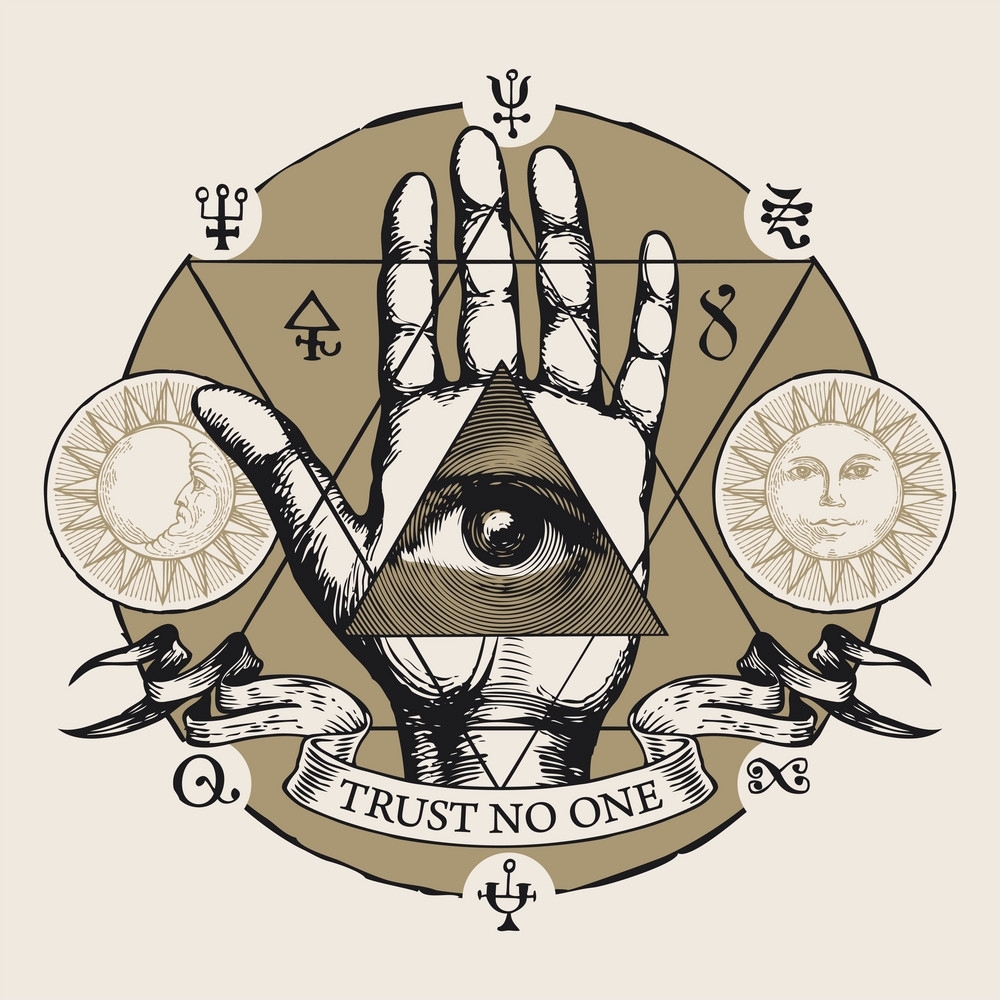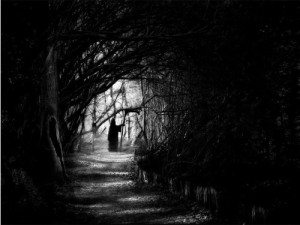“The Cult of Senor la Muerte consists of hundreds of thousands of followers who are spread out across Argentina and nearby countries. These devotees wholeheartedly worship and praise the Scythe-Bearer, whose magic is ritually invoked in order to gain money and riches, attract the person they love, open the paths to happiness and success, protect them against all dangers, help them to acquire power, heal and banish sickness, cast or deflect curses, and dominate or annihilate their foes.
Within this cult, Senor la Muerte is represented by the image of a skeleton, often cloaked in black, and holding a scythe in one of His hands. The origins of both this representation and the current form of the cult Senor la Meurte is believed to have originated in 1767. It was during this year that King Charles III of Spain gave the order for the expulsion and persecution of the Jesuits who had established themselves in Cuenca del Plata. This political decision was made due to the fact that the Jesuits in Paraguay and Argentina had, at that point in time, gained enough power, wealth and influence to worry the Catholic Church, which in turn convinced the Spanish monarch to act against the Jesuits in a campaign aiming to remove them from the colony and confiscate their wealth.
These Jesuits, who had, with the help of the local tribes of the Guarani Indians, built many richly adorned churches and temples, refused to surrender to Spain. This resulted in an even more forceful approach from King Charles, who more or less declared war upon the Jesuits and all their followers. With their superior military power, and led by General Carlos Francisco de Croix, the Spanish military force wiped out most of the Jesuits, seized their riches, and burnt to ash many of their churches and temples.
In one of the most important of these temples was a very special icon carved out of the holy wood of the Palo Santo tree. This life-sized icon depicted Jesus, Satan and Death in the form of the Skeletal Reaper of Souls. The group of Guarani Indians who themselves had carved this icon for the Jesuits, managed to save the wooden image from the fires that consumed the temple. They brought the great icon with them into the jungle and, before returning home to their respective villages, split the carven image into three separate pieces. They then divided the three parts amongst themselves so that one tribe got the image of Jesus, the second tribe got the image of the horned Devil, and the third got the image of Death, in the familiar form of the skeleton armed with a scythe.
Thus, the three cults of Senor Jesus, Senor Diablo/Satan and Senor la Muerte evolved amongst these tribes of the Guarani. All three cults were more pagan than Christian, for they had deeper connections to their own ancient shamanistic religion and magic, than the religion to which the Jesuits had attempted to convert them.
According to folk tradition, the lineage of the modern day cult of Senor la Muerte is traced directly back to the Guarani tribe that decided to equate the Skeleton Wielder of the Scythe with their own ancient god of death and venerate it as a magical fetish, ascribed with the power to both protect the faithful against ‘bad death’ and punish all of their enemies.
Additionally, influences from Afro-Brazilian religions and systems of witchcraft can be seen within certain manifestations of the cult of Senor la Muerte in Argentina, and these are believed by some to have also been spread to Argentina by the Guarani.
Because of the influence of the African traditions, some followers of Senor la Muerte have compared Him to, or identified the Lord of Death as, an Exu. The Exus that SLM has most often been identified with are the ones connected to graveyards and the skeleton lines of Kalunga and Caveira, such as Exu Lorde da Morte, Exu Morte, Exu Caveira, Exu Tata Caveira, and the ruler of the souls of the dead, Exu Rei das Almas Omulu.
Within some parts of Argentina, this syncretism has developed quite naturally because of the obvious and simple similarities that exist between the two cults. For example, Monday is the day of both Exu and SLM, both utilize black-and-red or black-and-white talismans and candles, and both receive offerings of tobacco, red carnations, red and black candles, liquor, beer, red palm oil, fried or raw pork chops and spicy food.
Like Exu, SLM is viewed as a potential ‘path-opener’ who holds the keys to all locked roads and gates, and has the power to both grant blessings and bring death. Similar to how Exu uses his trident to remove all obstacles that block the path, SLM uses His mighty scythe to cut down, transform, remove or eliminate that which blocks the flow of His power. Both Exu and SLM are also petitioned and paid for their favors, which range from banishing and healing, to committing acts of magical murder.
The above-mentioned syncretism between the two cults may be interesting, but if considered from the initiatory perspective of Quimbana and its views regarding what Exu really is, the syncretism in question will not be valid. The same goes for the more esoteric perspective of the SLM cult, which also makes it clear that the folk-magical syncretism between Exu and SLM is not well grounded and is based only on the similarities of outer attributes of the two cults.”
– Liber Falxifer: The Book of the Left-Handed Reaper


